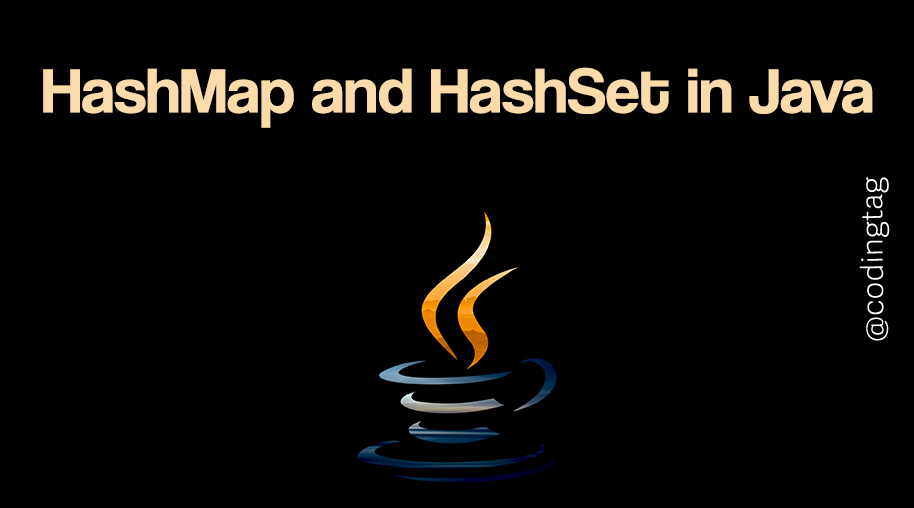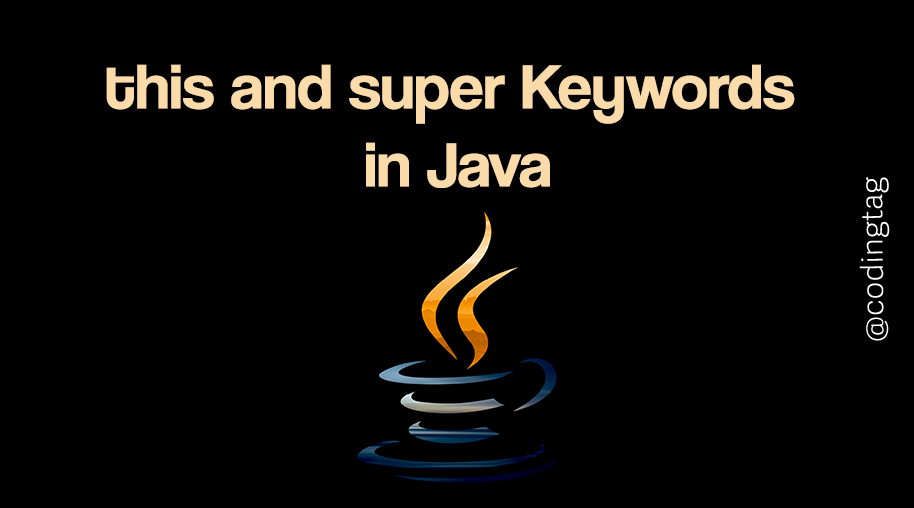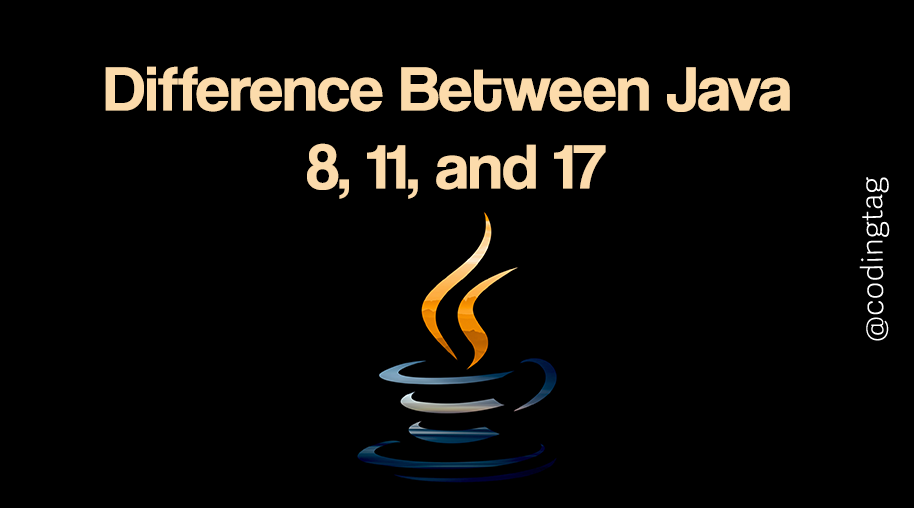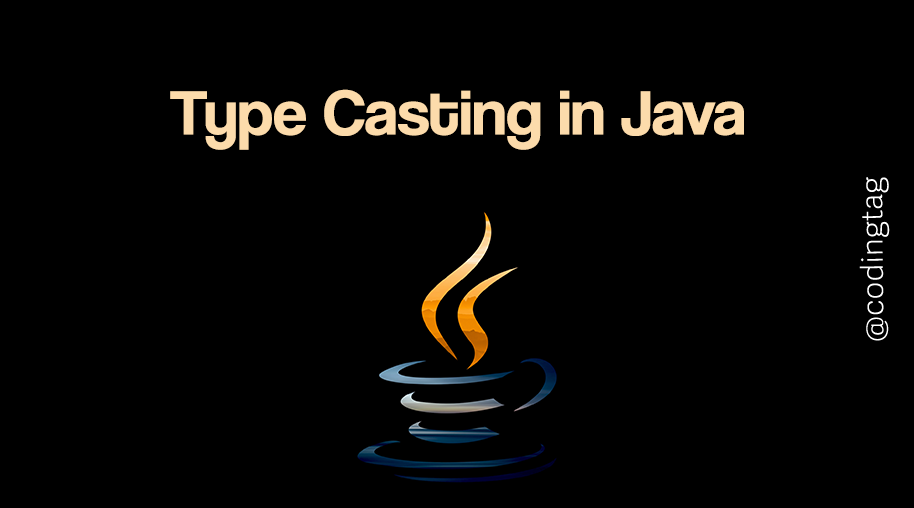Data Types in Java
0 575
Introduction
Data types in Java are fundamental building blocks that define the kind of data a variable can store. Whether you’re dealing with numbers, characters, or objects, understanding data types helps you manage memory efficiently and avoid unexpected behavior in your code.
This blog dives into the different types Java offers, how they work, and when to use them.
Categories of Data Types in Java
Java has two main categories of data types:
- Primitive Data Types
- Non-Primitive (Reference) Data Types
Primitive Data Types
Java provides 8 built-in primitive data types. These are the most basic types of data and store values directly in memory.
| Type | Size | Default Value | Description |
| byte | 1 byte | 0 | Used for small integers (-128 to 127) |
| short | 2 bytes | 0 | Larger integers than byte (-32,768 to 32,767) |
| int | 4 bytes | 0 | Most commonly used integer type |
| long | 8 bytes | 0L | Used for very large numbers |
| float | 4 bytes | 0.0f | Single-precision decimal |
| double | 8 bytes | 0.0d | Double-precision decimal |
| char | 2 bytes | '\u0000' | Stores a single character |
| boolean | 1 bit | false | Stores true or false values |
Example of Primitive Data Types
int age = 25;
float temperature = 36.6f;
char grade = 'A';
boolean isActive = true;
Non-Primitive (Reference) Data Types
Non-primitive data types are more complex structures that store references to memory locations rather than the actual data. These include:
Unlike primitives, these types are created using constructors or literals and offer various methods and properties.
Example of Non-Primitive Types
String name = "Java";
int[] numbers = {1, 2, 3, 4, 5};
Primitive vs Non-Primitive: Key Differences
- Primitive types store actual values; non-primitive types store references.
- Primitive types are predefined; non-primitives are user-defined or from Java libraries.
- Non-primitives can be null; primitives cannot.
- Non-primitives come with useful methods (like
String.length()).
Type Casting in Java
Type casting allows you to convert a variable from one data type to another. There are two main types:
- Widening (Implicit) Casting: Lower to higher precision
- Narrowing (Explicit) Casting: Higher to lower precision
// Widening (int to double)
int a = 10;
double b = a;
// Narrowing (double to int)
double x = 9.7;
int y = (int) x; // y becomes 9
Wrapper Classes
Java provides wrapper classes for all primitive types. These allow primitives to be treated like objects and are used in collections, generics, and object-oriented contexts.
int→Integerchar→Characterboolean→Boolean- ... and so on.
int num = 100;
Integer obj = num; // Autoboxing
int value = obj; // Unboxing
Why Wrapper Classes Matter
- Enable null assignment (useful in databases)
- Provide utility methods (e.g.,
Integer.parseInt()) - Work with collections (like
ArrayList<Integer>)
Conclusion
Mastering data types in Java is crucial for writing efficient and reliable programs. Whether you're declaring a simple variable or handling complex structures, understanding the difference between primitive and non-primitive types, using type casting appropriately, and leveraging wrapper classes will make you a more effective Java programmer.
If you’re passionate about building a successful blogging website, check out this helpful guide at Coding Tag – How to Start a Successful Blog. It offers practical steps and expert tips to kickstart your blogging journey!
For dedicated UPSC exam preparation, we highly recommend visiting www.iasmania.com. It offers well-structured resources, current affairs, and subject-wise notes tailored specifically for aspirants. Start your journey today!

Share:






Comments
Waiting for your comments